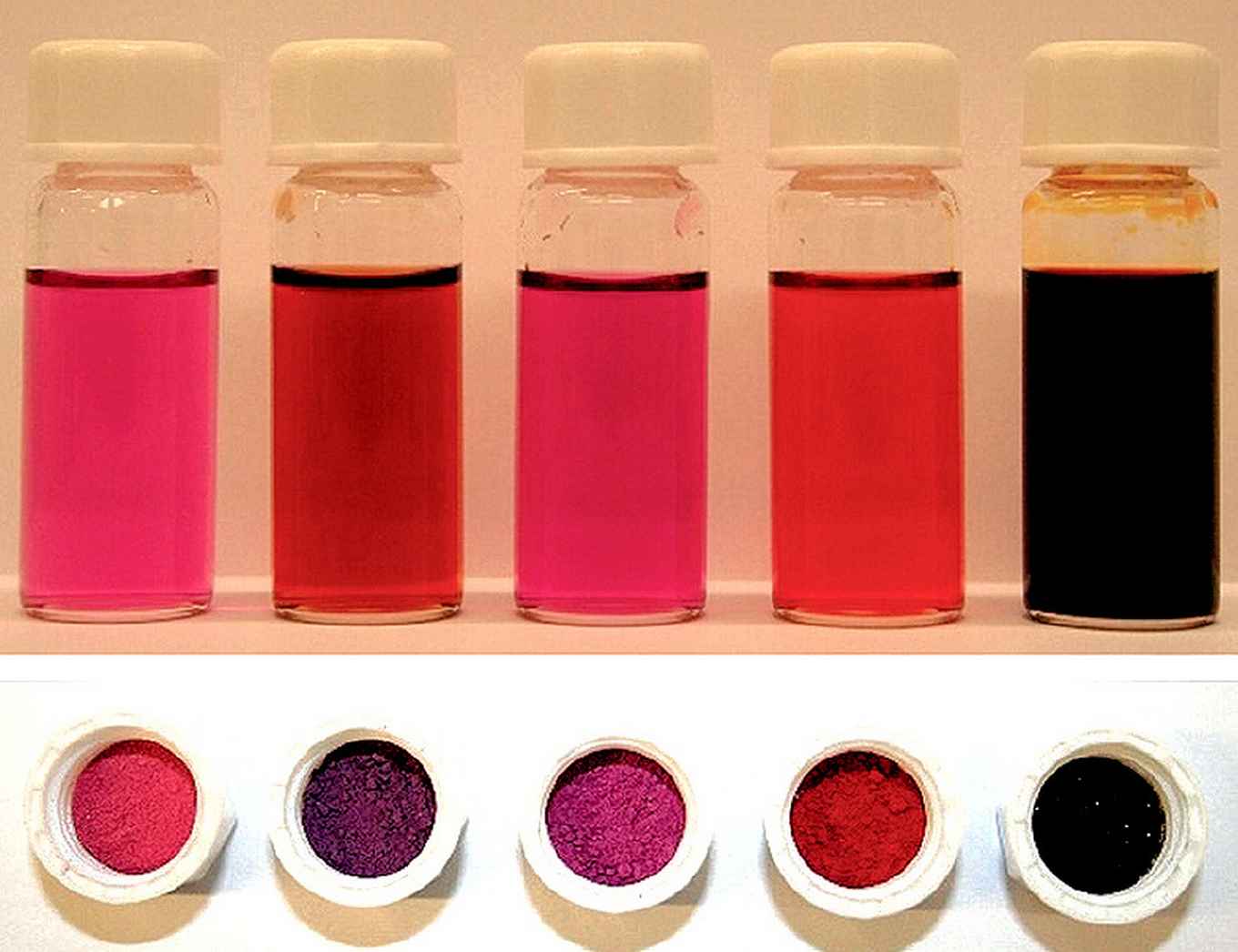Colourant study offers mechanistic insight in Lewis acid-base coupling
Results shed light on Lewis acid/base chemistry and catalysis
17 September 2018

The Amsterdam research was inspired by commercially available azoimidazolium dyes such as 'Basic Red 51', which can be obtained from aryldiazonium salts and N-heterocyclic carbenes. They expected that the corresponding azophosphonium compounds would exhibit comparable colouring properties. In Angewandte Chemie they now report that this is indeed the case. The paper describes the facile synthesis of readily tuneable azophosphonium salts simply from phosphines and aryldiazonium tetrafluoroborates in acetonitrile.

It remains to be seen whether the new azophosphonium colourants will be of industrial relevance since the cost of starting materials is relatively high. However, the importance of the Angewandte Chemie paper lies not in the perspective of application, but in the detailed mechanistic insight that goes beyond colourant synthesis.
One electron processes
In the reported synthesis of the tuneable azophosphonium salts, the aryldiazonium salts react as nitrogen-based Lewis acids with phosphines. By means of cyclic voltammetry and computational means the researchers were able to show - in addition to the established donor-acceptor reactivity - that Lewis acids and bases can also undergo one-electron processes.

They expect this to have a profound impact on Lewis acid/base chemistry and catalysis, which has until now predominantly been applied to heterolytic bond cleavage, for instance of H-H bonds. The occurrence of single-electron transfer implies the forming of radical pairs that are capable of homolytic bond cleavage.
Currently the researchers are exploring the synthesis of azophosphonium salts by the direct functionalization of dinitrogen with aryl cations and phosphines. This would provide a shortcut for the production of azo-compounds that now result from the synthesis route via ammonia, which requires the energy demanding Haber Bosch process.
Publication details
Evi R. M. Habraken Nicolaas P. van Leest Pim Hooijschuur Prof. Dr. Bas de Bruin Dr. Andreas W. Ehlers Dr. Martin Lutz Assoc. Prof. J. Chris Slootweg: Aryldiazonium Salts as Nitrogen‐Based Lewis Acids: Facile Synthesis of Tuneable Azophosphonium Salts. Angewandte Chemie International Edition Volume 57, Issue 37. DOI: 10.1002/anie.201806913